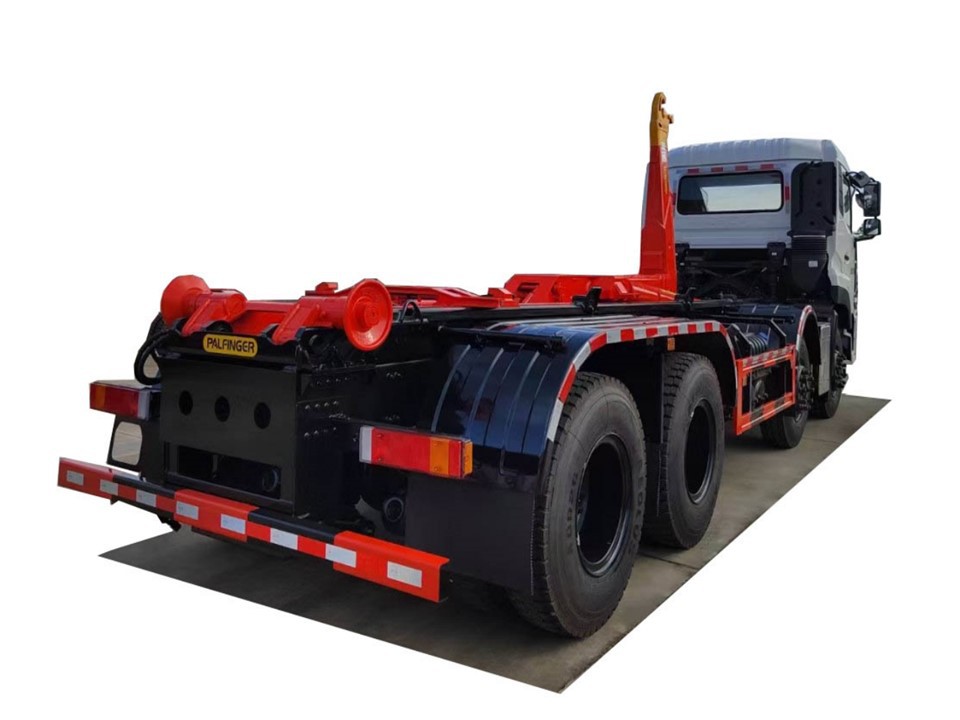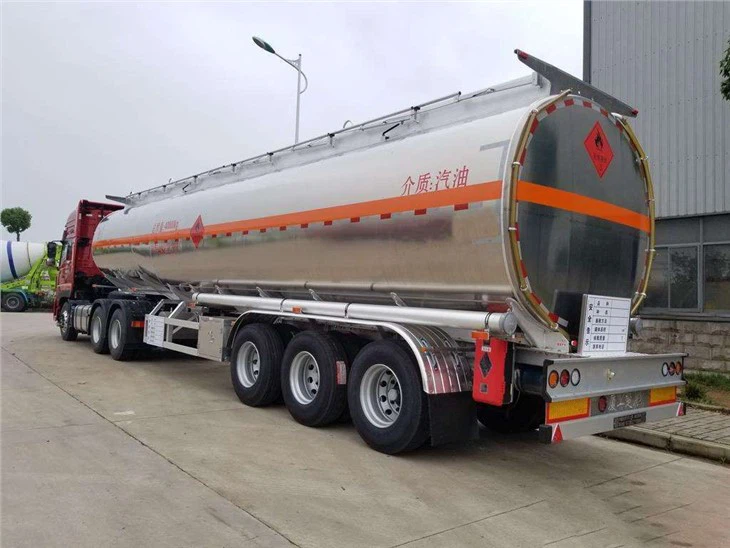Caring for Camels in Trucks: A Complete Guide

Transporting camels can be a complex task, involving numerous considerations to ensure their safety and well-being. Whether you’re moving camels for a show, sale, or relocation, understanding the intricacies of transporting these unique animals in trucks is crucial. This article will guide you through everything you need to know about transporting camels, from their requirements in trucks to tips for a safe journey.
Understanding Camels
1.1 Types of Camels
There are two primary species of camels: the Dromedary (Arabian) camel, which has one hump, and the Bactrian camel, which has two humps. Knowing the type of camel you are transporting is essential for preparing adequately.
1.2 Physical Characteristics and Behavior
Camels are large animals, with some weighing over 1,000 pounds. They are social by nature and can be quite nervous during transport. Familiarizing yourself with their behavior can help reduce stress while loading and travelling.
Preparing for the Journey
2.1 Choosing the Right Truck
Picking the appropriate vehicle is critical for the comfort and safety of your camels. Ensure the truck has:
- High ceilings: Camels are tall; the truck must accommodate their height without causing discomfort.
- Ventilation: Proper airflow is essential for regulating temperature.
- Non-slip flooring: To prevent injuries during transport, flooring should provide traction.
2.2 Health Check-Up
Always conduct a health check before transportation. Engage a veterinarian to verify that each camel is fit for travel. Address any existing health issues and ensure vaccinations are up to date.
2.3 Feeding and Hydration
Feeding a camel just before loading can lead to digestive issues. Instead, offer food and water a few hours before travel. During the journey, ensure camels have access to water, as they can easily become dehydrated.
Loading Camels into the Truck
3.1 Creating a Calm Environment
Camels are sensitive to stress. Create a calm loading environment by minimizing loud noises and using familiar voices or sounds. This is especially important if they are not accustomed to being in a truck.
3.2 Proper Loading Techniques
Follow these steps for safely loading camels:
- Use ramps: Provide a gentle, non-slip ramp for camels to walk onto the truck.
- Lead them: Use halters and lead ropes. Guide them calmly, ensuring no sudden movements.
- One at a time: Avoid overcrowding. Load camels one at a time to reduce stress.
During the Journey
4.1 Monitoring Temperature and Comfort
Temperatures inside the truck can fluctuate, particularly on hot days. Use fans or air conditioning to maintain a comfortable environment. Regularly check on the camels to assess their comfort level.
4.2 Making Stops
Schedule regular stops every few hours to check on the camels. Allow them to stretch their legs, use the bathroom, and drink water. Be sure to secure the truck during stops to prevent any escapes.

Unloading Camels
5.1 Safe Unloading Practices
Just as loading requires care, unloading camels has its own challenges. Follow these practices:
- Unload in a calm area: Ensure it’s a quiet place where camels feel safe.
- One at a time: Unload each camel separately, just as when loading.
- Be cautious: Look for signs of stress or discomfort before allowing them to exit.
5.2 Post-Transport Health Check
After unloading, do a quick health check to ensure none of the animals sustained injuries during transport. Monitor their behavior and provide fresh water and food as necessary.
Common Challenges of Transporting Camels
6.1 Stress and Anxiety
Transports can cause stress for camels. To mitigate this:
- Stay calm: Your demeanor will influence the camels’ behavior.
- Familiarity: Bring along items with calming scents from their home.
- Minimize travel time: Whenever possible, plan trips that minimize long durations in transit.
6.2 Regulatory Considerations
Check the local regulations regarding camel transportation. Some regions might have specific requirements or permits needed for transporting these animals.
Best Practices for Care During Transport
7.1 Understanding Behavioral Signs
Recognizing signs of stress is vital. Signs may include:
- Pacing or excessive vocalization
- Refusal to eat or drink
- Restlessness or aggression
7.2 Use of Companion Animals
Carrying a companion animal (if familiar to the camels) can help reduce their anxiety during transport.
Post-Transport Care
8.1 Settling In
Allow your camels some time to acclimatize to their new environment. Gradually introduce them to the new setting and monitor interactions with other animals if applicable.

8.2 Continuing Health Monitoring
Keep a close watch on their eating habits and overall behavior for the first few days post-transport. If you notice any health concerns, consult a veterinarian immediately.
FAQs About Transporting Camels

9.1 What is the Recommended Transport Duration for Camels?
Ideally, transport should not exceed 12 hours without a break, although shorter trips are preferable for the animal’s well-being.
9.2 Can I Transport Camels in Standard Horse Trailers?
Standard horse trailers may not provide enough height or space. It is better to use a truck specifically designed for larger animals like camels.
9.3 How can I ensure my camel is comfortable during transport?
Ensure proper ventilation, limit noise, provide water breaks, and avoid overcrowding to enhance comfort during transport.
9.4 What should I do if my camel shows signs of distress while being transported?
Stop the vehicle in a safe location, assess the situation, and offer water. If necessary, consult your veterinarian for guidance.
9.5 Are there any specific licenses required to transport camels?
Yes, certain regions may require specific permits or licenses for transporting camels. Always check local regulations before transporting.
9.6 What kind of food should I provide during long transports?
During transport, offer high-fiber, low-starch feeds, such as hay. Avoid heavy feeds that can cause digestive issues while on the road.
